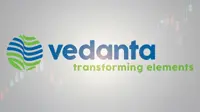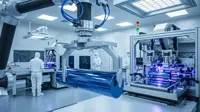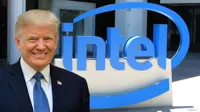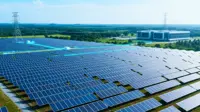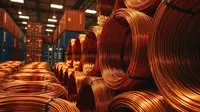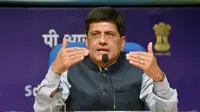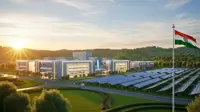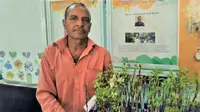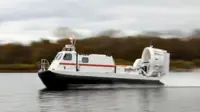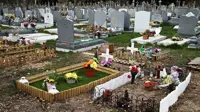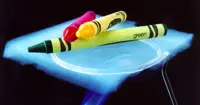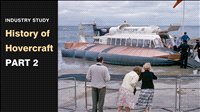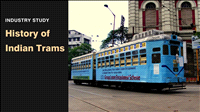Tesla’s robotaxi test begins, but scaling won’t be easy
By Cygnus | 25 Jun 2025
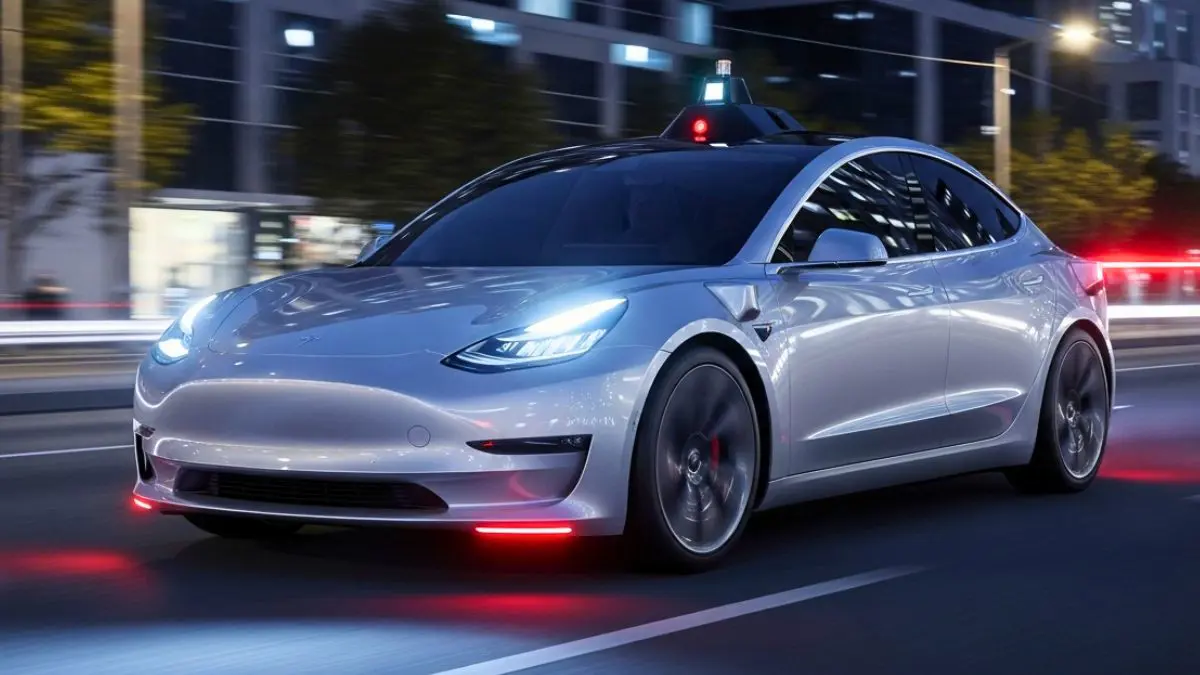
Tesla’s first true robotaxi has finally hit the streets of Austin, Texas—yet the bigger race is only beginning. Over the weekend, a handful of driver-less Model Ys started shuttling selected passengers around a tightly mapped downtown zone, each car watched in real time by safety monitors and remote “tele-operators.” It is a cautious debut for a company whose CEO, Elon Musk, has promised that “millions” of fully autonomous Teslas will be on public roads by late 2026.
Industry analysts say that kind of hyper-growth would be unprecedented. Alphabet’s Waymo, the current U.S. front-runner, has spent more than a decade refining its technology and still fields only about 1,500 robotaxis across a few U.S. metro areas. Tesla must therefore compress years of real-world learning—especially in handling unpredictable “edge cases” such as erratic drivers, sudden weather shifts, or construction detours—into mere months.
Scaling up: advantages and obstacles
Tesla does enjoy two strategic edges: mass-production firepower and an over-the-air software pipeline already proven on millions of cars. Unlike Waymo, which fits its vehicles with lidar and radar, Tesla relies on a camera-only “vision” system powered by in-house AI. If its software truly reaches human-level reliability, the company could, in theory, flip a switch and activate robotaxi mode in every compatible Model 3 and Model Y already on the road.
Yet turning theory into safe reality remains fraught. Independent experts caution that teaching AI to navigate the chaos of mixed traffic still takes enormous data—and time. Even small miscalculations can erode public trust and invite regulatory blow-back. U.S. safety regulators are already probing multiple crashes involving Tesla’s “Full Self-Driving” beta software, which still requires drivers to stay alert.
Regulatory scrutiny and public perception
Skeptics argue the controlled Austin pilot—limited geography, fair-weather routes, pro-Tesla influencers as first riders—shows how far the system must go before widescale deployment. One early video shared on social media captured a robotaxi drifting briefly into an oncoming lane; another eyewitness spotted a test car speeding 10 mph over the posted limit near a school for the deaf. Incidents like these, while minor, highlight why regulators in California and elsewhere are tightening rules for autonomous fleets.
The stakes are as high as the potential upside. If Musk’s timeline holds, Tesla could unlock a lucrative ride-hailing revenue stream and reshape urban mobility economics. If it stumbles, the broader autonomous-vehicle sector could face fresh skepticism, slowing investment across suppliers, insurers, and smart-city planners.
Summary
Tesla’s cautious Austin pilot marks an important milestone on its road to a nationwide robotaxi network, but scaling from dozens of cars to the “millions” promised by 2026 will require conquering technical edge cases, winning over regulators, and maintaining public trust—challenges that have slowed every competitor in the autonomous-vehicle race so far.
Frequently Asked Questions (FAQs)
1. What is Tesla’s robotaxi and how is it different from regular Teslas?
Tesla’s robotaxi is a self-driving version of its electric vehicles, primarily the Model Y, operating without a driver. Unlike regular Teslas with driver-assist features, these cars are intended to navigate entirely on their own using Tesla’s AI-powered Full Self-Driving (FSD) system.
2. Where is Tesla currently testing its robotaxis?
Tesla is conducting small-scale robotaxi trials in Austin, Texas. These tests are tightly controlled, with safety monitors onboard and routes chosen for optimal conditions.
3. How does Tesla’s approach to self-driving differ from Waymo’s?
Tesla relies solely on camera-based vision and AI for autonomy, while Waymo uses a combination of lidar, radar, and cameras. Tesla’s strategy is more scalable and cost-effective but also more controversial due to higher reliance on machine learning without redundant sensors.
4. What are the biggest challenges facing Tesla’s robotaxi rollout?
Key challenges include training AI for complex real-world scenarios, ensuring safety at scale, navigating regulatory hurdles, and maintaining public trust after past FSD-related incidents.
5. Is Tesla really aiming to deploy millions of robotaxis by 2026?
Yes, Elon Musk has publicly stated that Tesla plans to have millions of autonomous robotaxis on the road by late 2026. However, industry experts are skeptical, citing the complexity and slow pace of similar efforts by other players like Waymo.
6. How could robotaxis impact Tesla’s business model?
If successful, robotaxis could unlock a high-margin ride-hailing business for Tesla, turning its vehicles into revenue-generating assets and significantly boosting software-based income streams.
